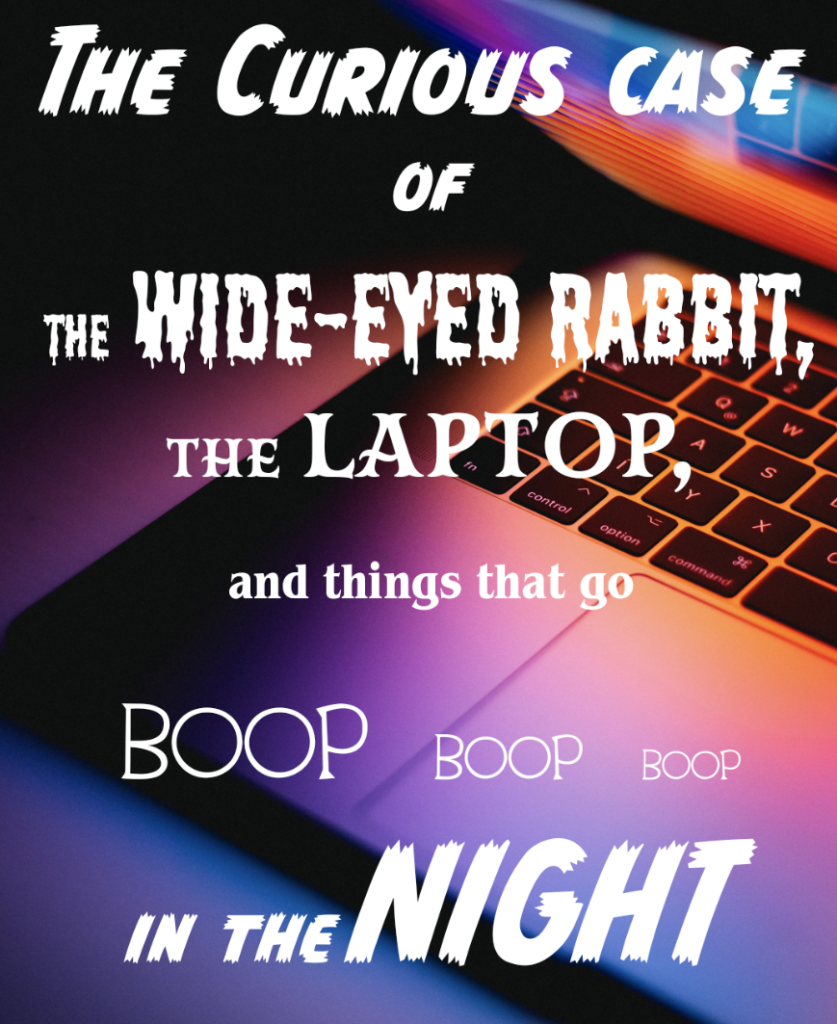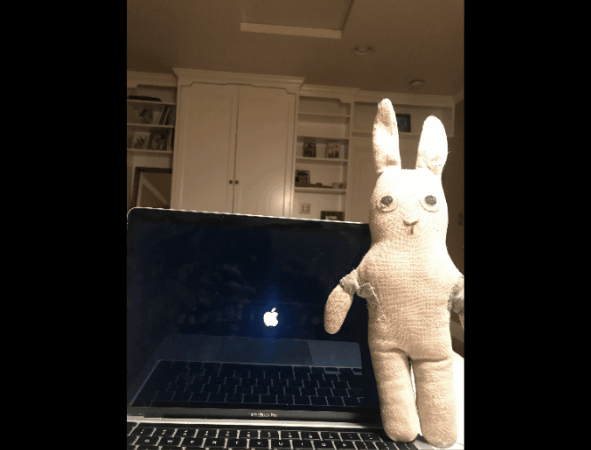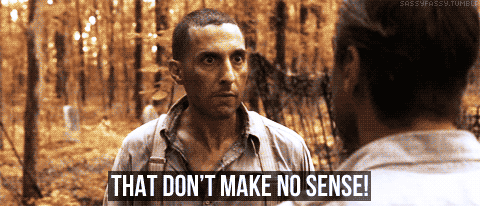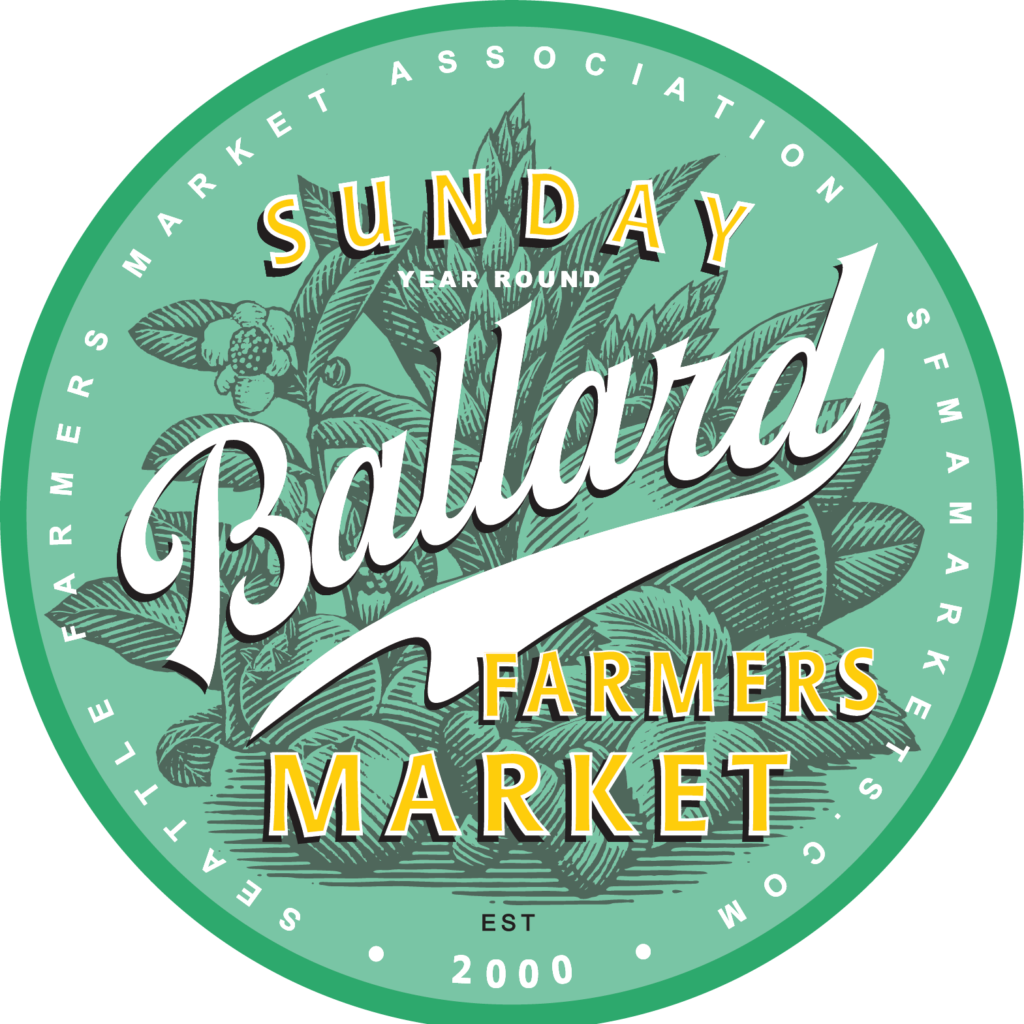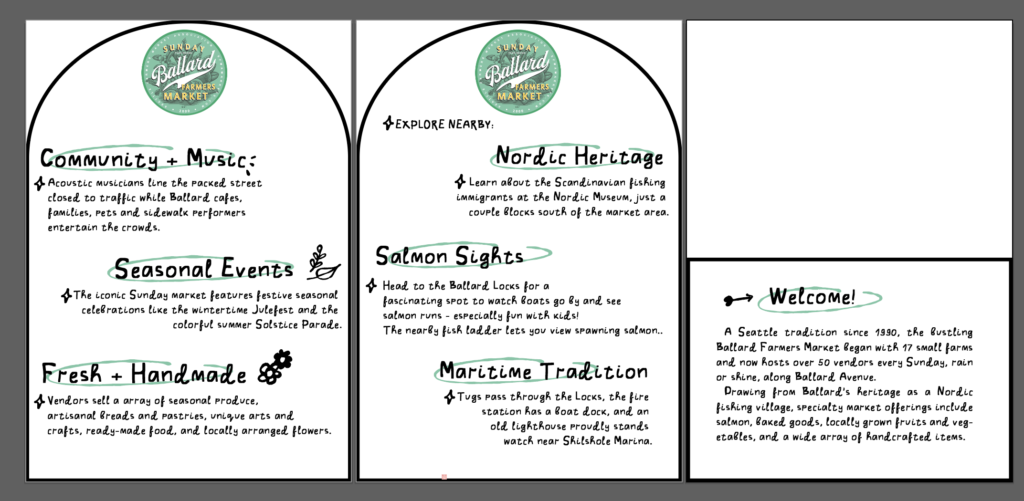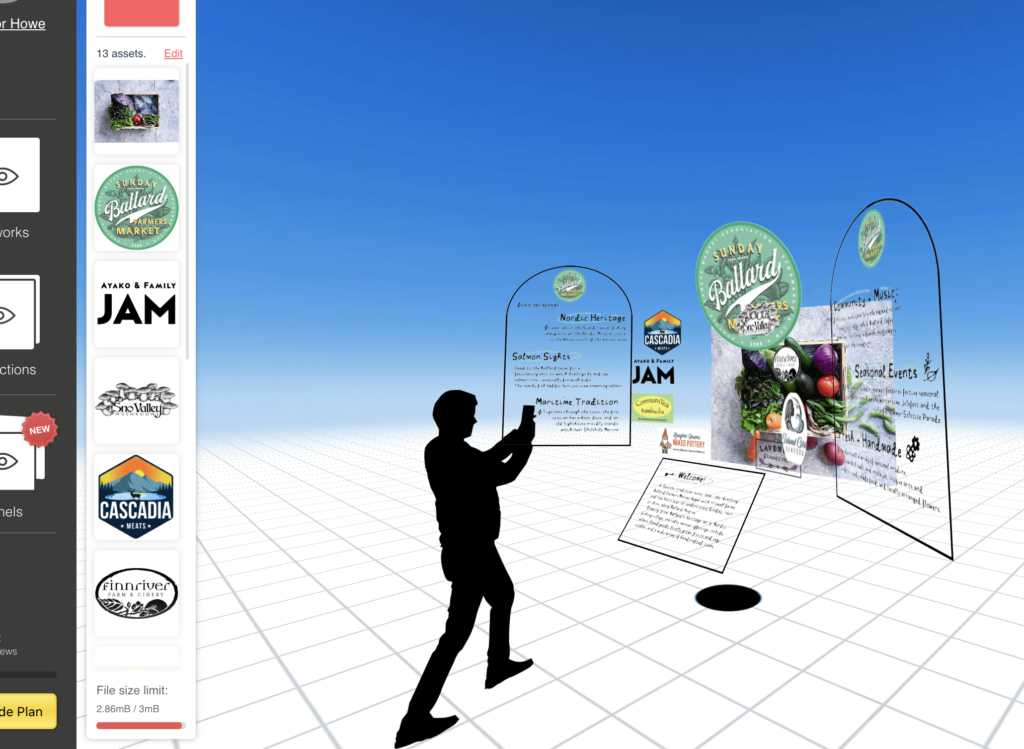BEING A DISRUPTOR- such an interesting and important consideration. When I think about the term “disruptor,” what immediately comes to mind is the image of the passionately outspoken agent of radical (and often uncomfortable for others) change, particularly in social, environmental, or political landscapes. When it comes to design, I think of being a disruptor in terms of breaking away from stylistic stagnation, forging new paths, breaking ground in terms of accessibility, innovation, empathy, sustainability, and creativity. Also drawing upon (often difficult, harrowing, or mind-expanding) lived experiences in order to infuse what one does with a unique style and set of ideas that inspire innovative and/or radical change, or at least, cause others to ponder things in ways they previously had not.
My career and life to this point have equipped me with a unique blend of experiences that I hope to channel into whatever I wind up doing in the creative sphere. My unorthodox path has set me on a somewhat unusual trajectory, having gone from the culinary world, to the NYC music-in-advertising hustle, to life on the anarchist goat farm, to teaching college classes, to an abusive relationship as I care for a young child, to life as a hopelessly misfit mom, to graphic design school! From multi-faceted professional roles to profound personal experiences, my journey has been anything but ordinary.
As a composer and performer in NYC, despite creative contributions that largely matched or exceeded those of my workplace peers, I frequently faced skepticism, patronizing attitudes, lower pay, and inferior treatment compared to male colleagues. I often felt undervalued, in terms of remuneration, accurately credited work, workplace attitudes, etc. This woke me up to the persistence of gender bias in creative fields.
Feeling burned out and seeking a completely different perspective on life, I took a break(-ish, aside from occasional freelance gigs and my own EP project) from music and moved back to the west coast, living and working on a couple communal permaculture farms, in CA and OR. Sharing meals, resources, and ideas with (sometimes very eccentric) strangers and landmates expanded my worldview immensely. In both instances, we grew much of our own food (about 75-80% during harvest seasons) and worked together tirelessly to maintain closed-circuit, small-scale agriculture systems, produce very little waste, and live more or less completely off-grid. Creativity flowed freely through everyday life in community, but I quickly learned that despite my disillusionment with mainstream politics that led me to farm livin’, politics persist in life, anytime people share living spaces and/or responsibilities, no matter how much you may try to distance yourself from such things. Utopian ideals are exactly that- ideals. Not realistic, as long as human fallibility persists. Don’t believe anyone who tells you otherwise. And furthermore, both farming and having babies result in dealing with epic amounts of sh*t, in the most literal, physical sense, in case anyone is curious. Glossy grammable photos of cute goats, veggies, and babies are highly misleading. But anyway, back to the path of disruption…
When it came time to move on from (not-as-idyllic-as-hoped) farm life, my love of music and teaching led me to become a college instructor at PSU. Teaching music lit a passion for education that still motivates me as a teacher and parent, as well as a skepticism of questionable pedagogical methods. I respect teachers and personally aspire to teach in ways that inspire questions, curiosity, growth, and challenging norms, rather than dictating and imparting set ways of doing things.
Outside of work, becoming a mother has been my most profound and life-altering experience. Raising my son as a single parent after surviving significant domestic and emotional abuse showed me depths of pain, courage, strength, and purpose I never imagined. My child is absolutely the driving force behind my determination to forge new paths in my creative career and ways of expressing myself, as well as setting an example for him that models resilience and growth along with adaptation, determination, and OF COURSE- continued disruption.
I’m fully ready to bring a disruptive, human-centered ethos to my career path in design. User empathy will be central to my approach, with a focus on amplifying diverse and historically devalued voices and perspectives. I hope to balance supporting myself and my son with making a socially and creatively impactful difference to whatever work environments my education and future career may hold.
I hope to open doors for women and marginalized groups who are underrepresented in leadership roles. So many of us continue to face barriers or bias as we navigate career and family, and it’s up to us to keep striving for leveling the playing field. Furthermore, those with genuine talent, potential, vision, and drive should be given opportunities to succeed in creative careers, no matter their background. I plan to advocate strongly for empathetic workplace policies benefiting parents, caregivers, women, minorities, and diverse voices of all kinds. The field of design absolutely requires that we continue to pioneer models of diversity and inclusion, disruption and fair representation of people from ALL walks of life.
Ultimately, I hope to uplift others through my work. My experiences equip me to both reach and advocate for people from a huge range of life experiences and backgrounds. As a low-key yet hardcore antiauthoritarian, I’m excited to continually disrupt norms in order to re-center integrity, inclusivity, equity, empathy, health, originality, and true innovation in the design industry. Our collective future depends on it.
